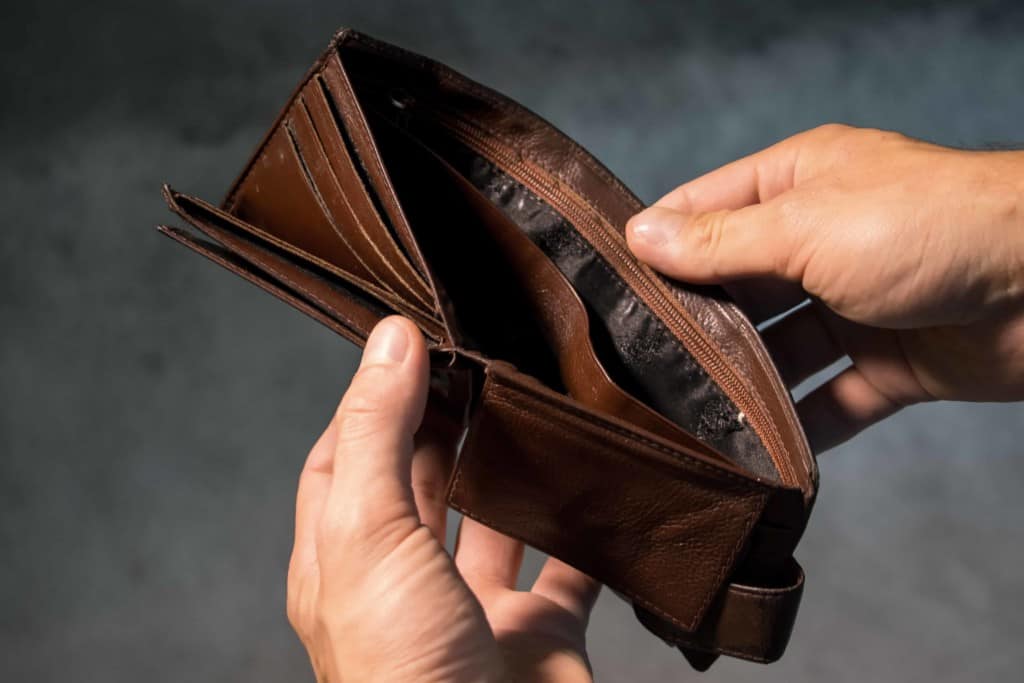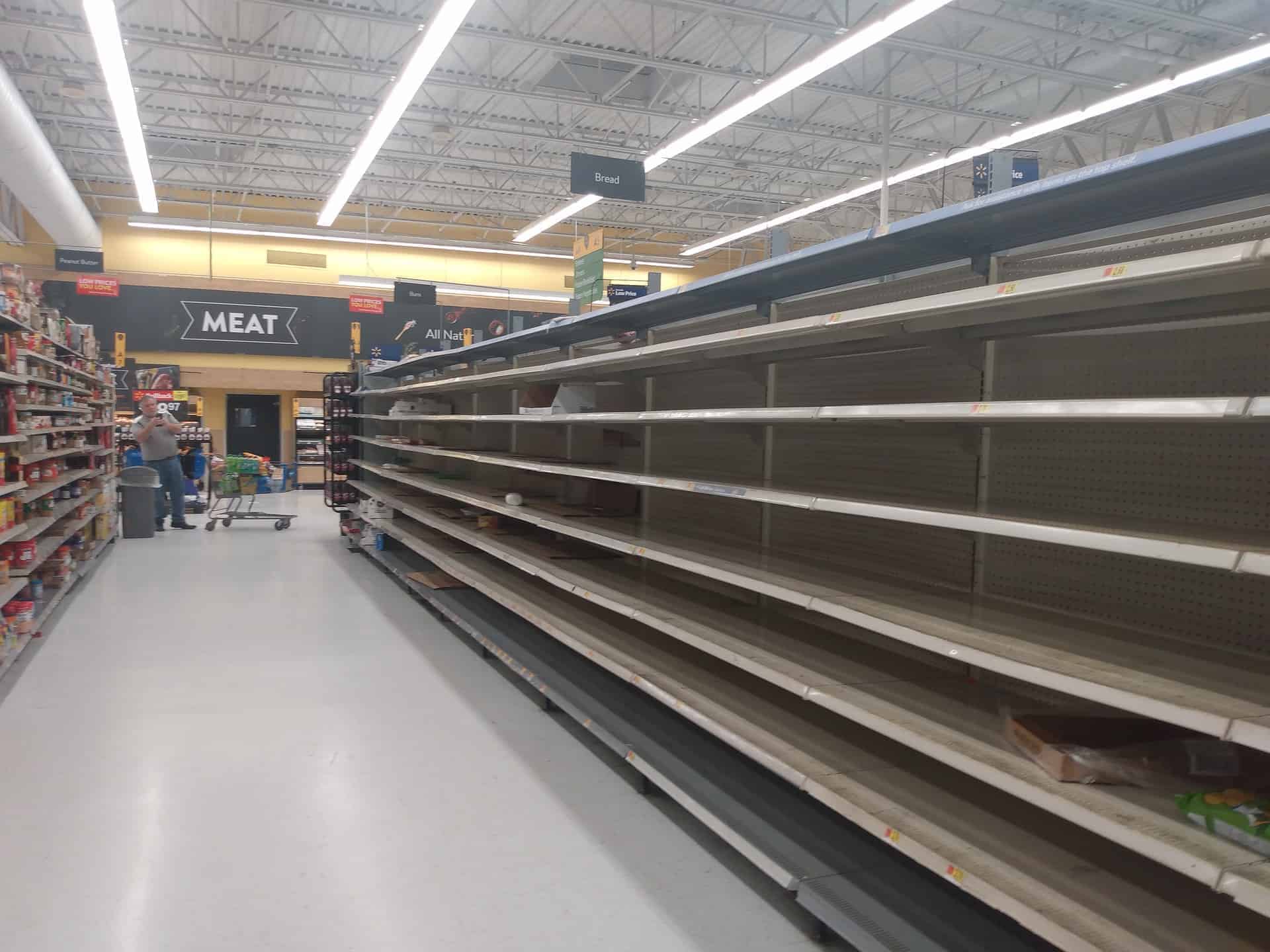Poverty in the time of the COVID-19 pandemic
Hoarding essential food and household items harms low-income people
Imagine bare shelves in normally fully-stocked grocery stores, all the basics gone. Panicked people furtively searching for the household essentials, throwing multiple items in their carts as they hurry to the checkout. People fighting over the last package of toilet paper. Amidst all the activity, one person stands staring at an empty shelf, barely holding back tears, unsure how they are going to feed their kids for the week if the essentials they budgeted for are gone.
With the COVID-19 pandemic sweeping the globe, the possibility of needing to quarantine for 14 days, and the possibility of all but essential services being closed, people have been hoarding everyday essentials. Toilet paper was the first commodity in high demand, with stores struggling to maintain stock levels. Then hand sanitizer and disinfectant wipes became the sought-after item, along with essentials like rice, meat, and even eggs becoming scarce on some shelves. Shoppers were scared and buying to ensure that they and their families would survive. Unfortunately, some despicable people were buying truckloads of supplies with the intent to resell for a much higher price as availability diminished. Whether stocking up to supply your family or trying to profit from a crisis, the effect is the same on low-income people: they are unable to find the bare basics.

The majority of low-income earners, and those with fixed incomes such as those on AISH, have a very tight budget for food, medication, and household items like toilet paper. They shop when they get paid. They don’t have the extra money to shop mid-pay cycle, nor do they have the funds to buy the more expensive, premium toilet paper when the low-cost version has been bought out. They budget for everything, often down to the penny. They only purchase what they need until the next payday. Having to spend three dollars more on one item, or to wait a few more days requires a sacrifice somewhere else in the budget that may include food or medication.
It may appear that a solution would be to simply cut back on the amount of food, toilet paper, or soap someone is using, but those on a low income are already cutting back to save money. They often struggle to ensure they get proper nutrition. Roughly 110,000 households in Alberta are forced to compromise on food quality, eat less food than their body needs, or go a day without food, according to “The Affordability of Healthy Eating in Alberta: 2015”. Over time, this can lead to a myriad of physical and mental health-related issues, even if someone has only experienced food scarcity at a marginal level. These individuals experience higher rates of illness and are three times more likely to suffer from multiple chronic illnesses, often requiring expensive and vital medications.
Food insecurity, a nutritionally deficient diet, and the related stress leave people at increased risk during a pandemic, as it can impede the body’s ability to fight a virus. Not having access to proper hygiene and sterilization products increases that risk even more. They are also at increased risk of transmitting a virus. With most low income people working jobs that lack adequate paid sick leave, employees are compelled to go to work even when they are sick. Otherwise, they may have to cut back even more on food or medication. Missing one day of pay can result in being unable to pay rent or utilities.
If you have an abundance of supplies, consider checking in with those in your community and local organizations to see if they need anything, or join YEG Community Response to COVID19 on Facebook. Our efforts are only effective if all of us are able to take the precautions needed. We are only as safe as our most vulnerable people. Something we need to keep in mind now and going forward: We are all in this together.
Featured Image: Empty shelves are a common sight of the panic buying during COVID-19. | Pixabay







